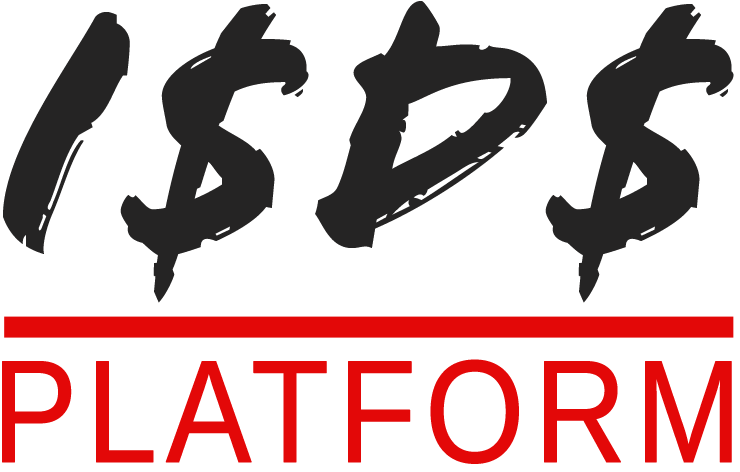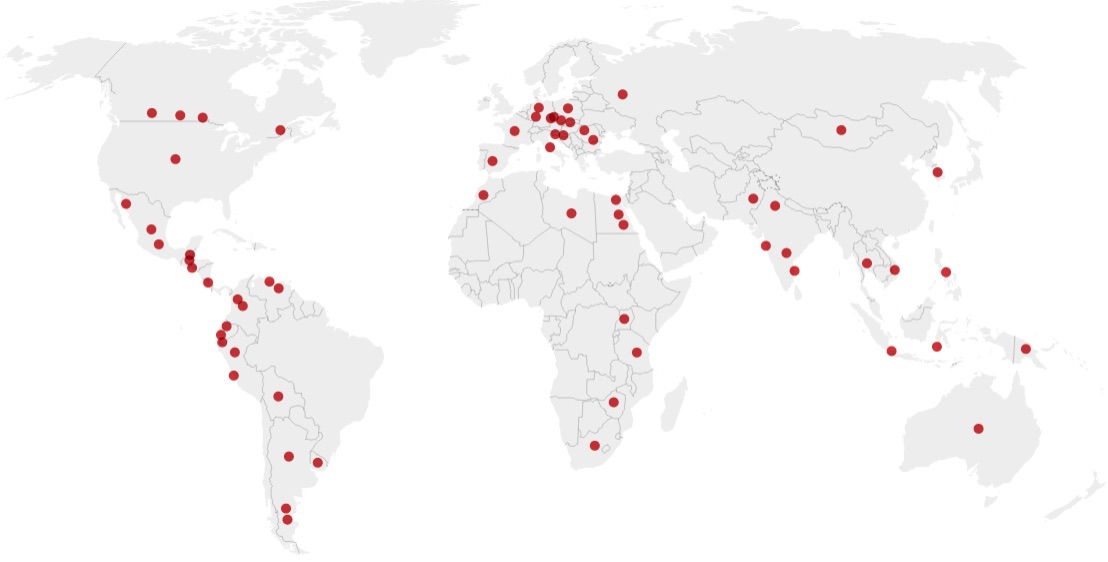Euractiv | 13 January 2022
Slovenia moves to allow low-volume fracking
By Sebastijan R. Maček
Low-volume hydraulic fracturing, also known as fracking, will be allowed in Slovenia under amendments to the mining act adopted by the government this week. It will pave the way for limited fracking in the only location where it is currently being explored, the Petišovci gas field in the east of the country.
The only permitted type of hydraulic fracturing would be the kind where less than 1,000 cubic metres of water is injected per fracturing phase, with the total amount of water injected in the entire process capped at 10,000 cubic metres.
There would also be strict rules regarding the kind of substances that may be mixed with the fracking water and measures to prevent pollution. Drilling would have to be done vertically, with a maximum deviation of 10 degrees.
The legislation was adopted just a day after a rival bill that would ban fracking altogether was discussed by a parliamentary committee at the proposal of three centre-left parties, which have long sought a blanket ban on fracking.
Luka Mesec, the leader of the Left party, said the government was “showing its true face yet again: it does not care about the country, the people or the environment, all it cares about is dirty business.”
Exploration in Petišovci, an old gas field right on the border with Hungary, has been conducted by the UK-based firm Ascent Resources, which holds a 75% stake in a joint venture with a Slovenian firm.
The company, which estimates the gas resources at 456 billion cubic feet (almost 13 billion cubic metres), is producing gas from two wells but says “hydraulic stimulation” is required to maintain output. Its plan has been thwarted by a court decision mandating that it seek an environmental impact assessment to do that.
Last year Ascent Resources initiated arbitration proceedings against the Slovenian state under the UK-Slovenia Bilateral Investment Treaty and the Energy Charter Treaty. It is seeking €100 million in damages.


